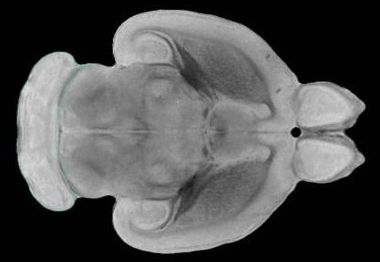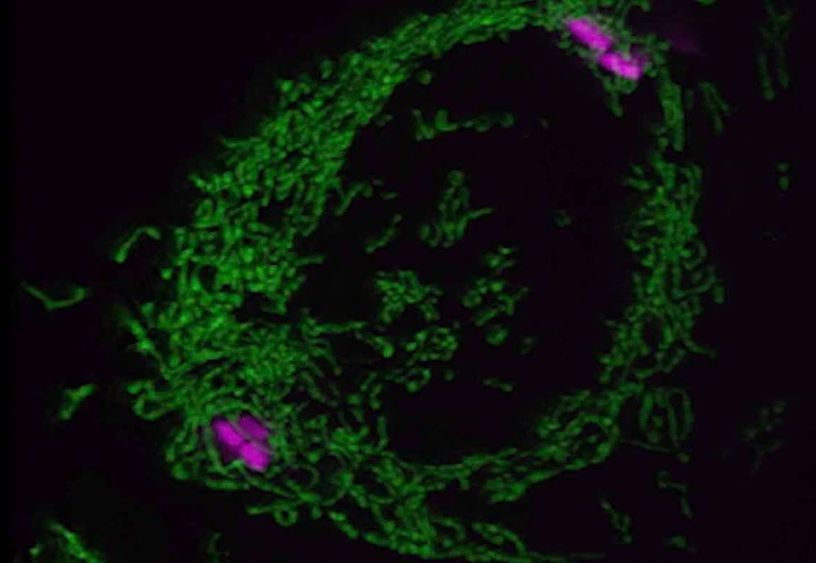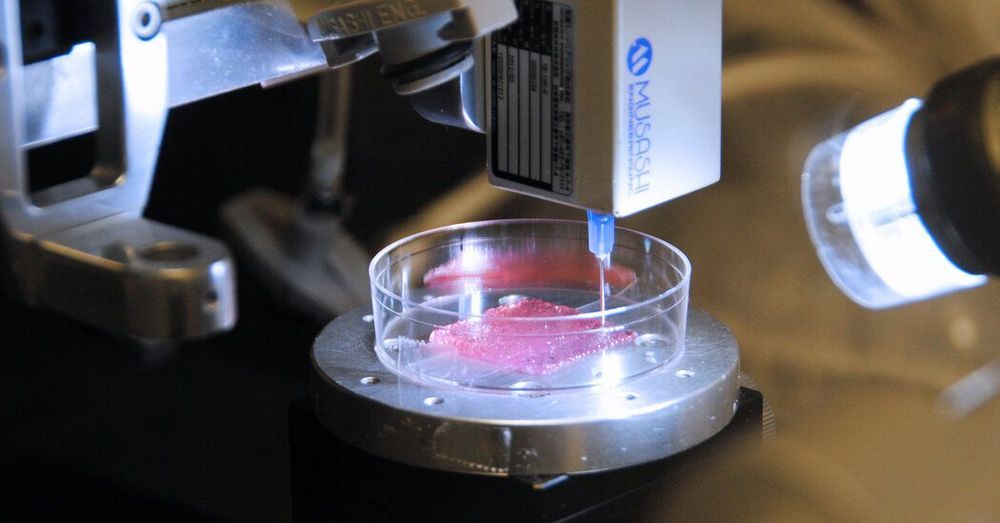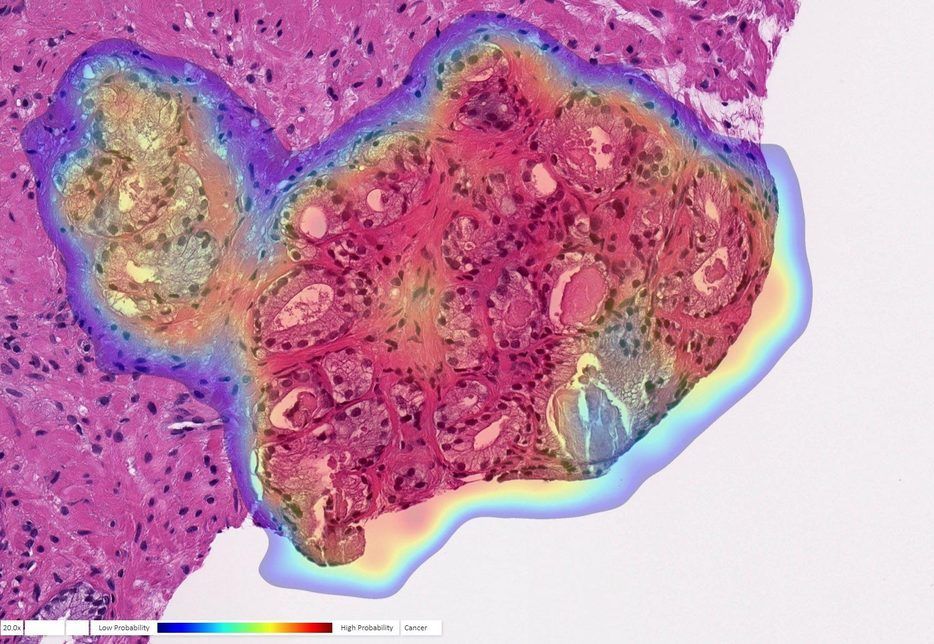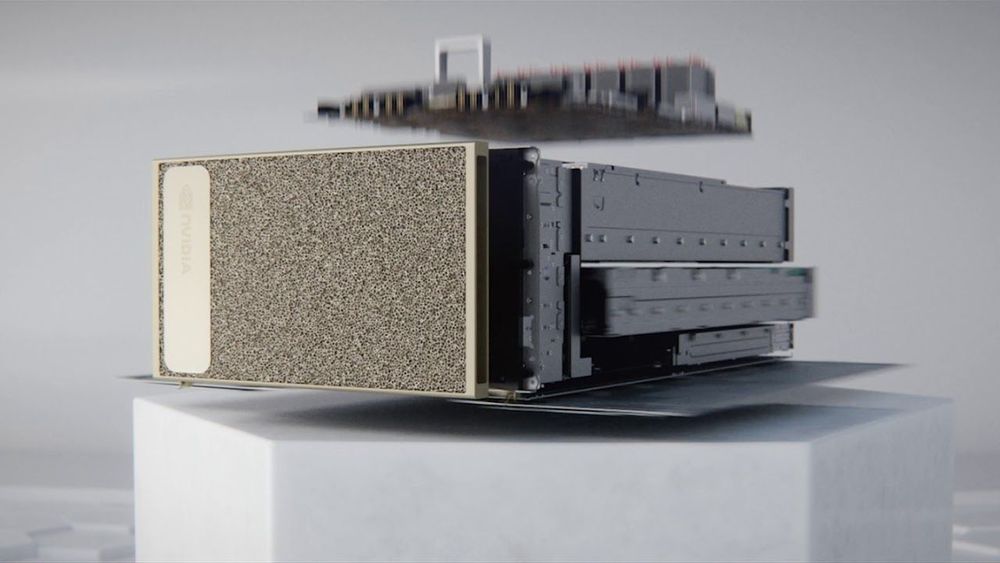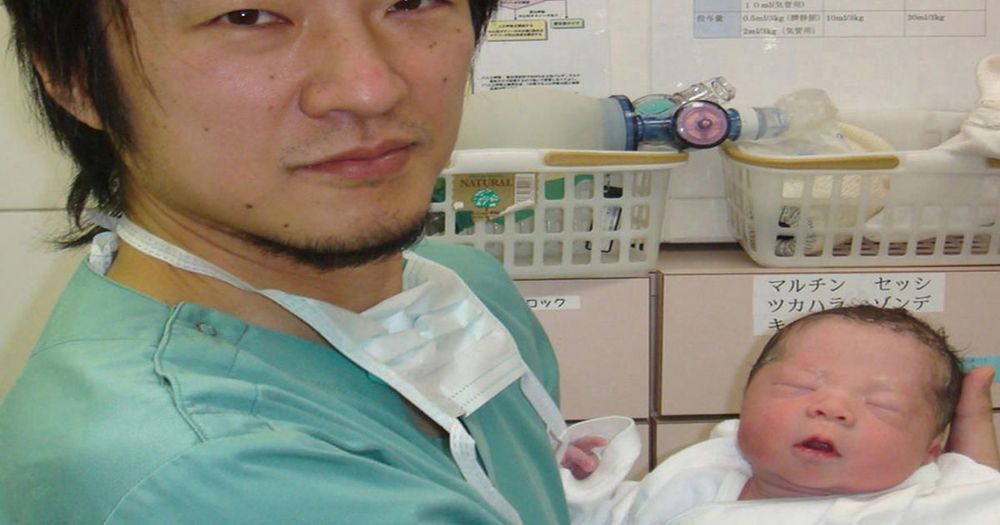Jul 27, 2020
Brain cell types identified that may push males to fight and have sex
Posted by Genevieve Klien in categories: biotech/medical, neuroscience, sex
Two groups of nerve cells may serve as “on-off switches” for male mating and aggression, suggests a new study in rodents. These neurons appear to send signals between two parts of the brain—the back tip, or posterior, of the amygdala and the hypothalamus—that together regulate emotions including fear, anxiety, and aggression.
Led by researchers at NYU Grossman School of Medicine, the study showed that male mice struggled to have sex in experiments that blocked signals from one amygdala cell group that communicates with the hypothalamus (MPN-signaling cells). When the same signals were instead bolstered, the animals were not only able to mate but would repeatedly court unreceptive females, something they would not do normally.
Similarly, when the action of a second cell group in the amygdala that also communicates with the hypothalamus (VMHvl-signaling cells) was blocked, the rodents attacked unfamiliar males half as often. When these same neurons were triggered, the mice became unusually aggressive, even attacking their female mates and familiar males.
